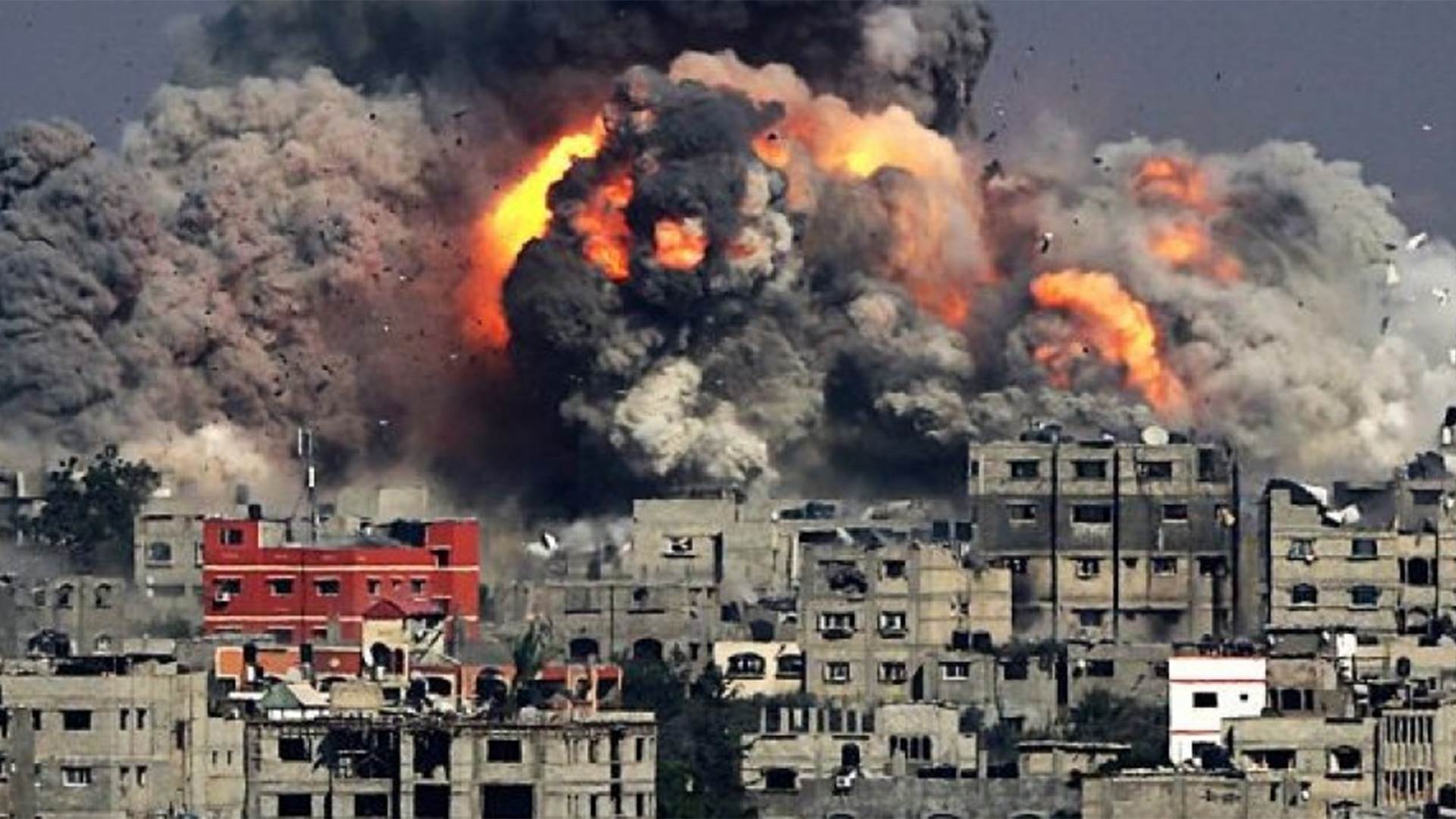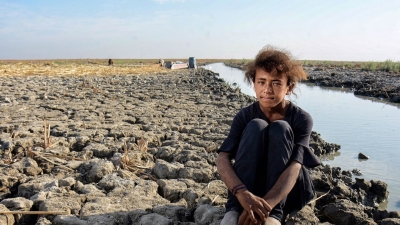Wars cast a shadow over the climate
First Bank

Endless conflicts. This is the slogan of the current phase. In Eastern Europe, the war is taking place between Russia and Ukraine. In the Middle East, Israel's brutal aggression against Palestine is escalating, as are many civil wars, and, under the spectacle of uncertainty, fears of the possibility of a third world war.
These wars pose a complex challenge, not just at the political and humanitarian levels. It also has an impact on environmental sustainability and the shift towards clean energy. In view of the growing global awareness of the importance of addressing climate change, these conflicts pose fundamental questions about the impact of war and geopolitical conflicts on environmental protection efforts and the adoption of renewable sources of energy. In addition to human losses, wars consume enormous amounts of resources and often result in significant environmental damage.
According to the British Guardian, research revealed that the climate cost during the first two years of Russia's war on Ukraine was greater than the annual greenhouse gas emissions resulting individually from 175 countries, exacerbating the global climate emergency as well as increasing death toll and widespread destruction.
Russia's war generated at least 175 million tons of carbon dioxide equivalent, amid an increase in emissions from direct war, landscape fires, flight routing, forced migration and leaks from military attacks on fossil fuel infrastructure
The newspaper also reported that the amount of 175 million tons of carbon dioxide, and nitrous oxide are considered the strongest greenhouse gases, equivalent to 90 million petrol-powered vehicles operating for a full year, and more than the total emissions produced individually by countries including the Netherlands, Venezuela and Kuwait in 2022.
As for the impact of Israel's aggression on Palestine, a recent study revealed that the cost of carbon for the reconstruction of the Gaza Strip would be greater than the annual greenhouse gas emissions produced by 135 countries individually, exacerbating the global climate emergency as well as an unprecedented number of deaths. According to a study by researchers in the United Kingdom and the United States, the reconstruction of an estimated 200 thousand residential buildings, schools, universities, hospitals, mosques, bakeries and water and sanitation plants destroyed by Israel in the first four months of the war on Gaza would result in up to 60 million tonnes of carbon dioxide equivalent
This is equivalent to total emissions for 2022 from countries such as Portugal and Sweden, and more than double Afghanistan's annual emissions, the British Guardian reported.
Global warming emissions from air and land attacks during the first 120 days of the war on Gaza were greater than the annual carbon footprint of 26 of the world's most vulnerable countries, including Vanuatu and Greenland.
More than 99% of the estimated 652,000 and 552 metric tons of carbon dioxide that originated in the first four months after the Hamas attack last 7 October were linked to Israeli aerial bombardment and the land invasion of Gaza.
The newspaper reported that nearly 30% of the total CO2 emissions resulted from 244 US cargo aircraft known for transporting bombs, ammunition and other military supplies to Israel in the first 120 days of the war.
Although these impacts are terrifying for the climate, they far exceed the estimates of previous studies. The Russian-Ukrainian war crossed the two-and-a-half-year barrier, in addition, Israel's aggression continued for more than 300 days, resulting in widespread environmental destruction and a significant increase in harmful emissions. This makes climate challenges more acute than expected in previous research









